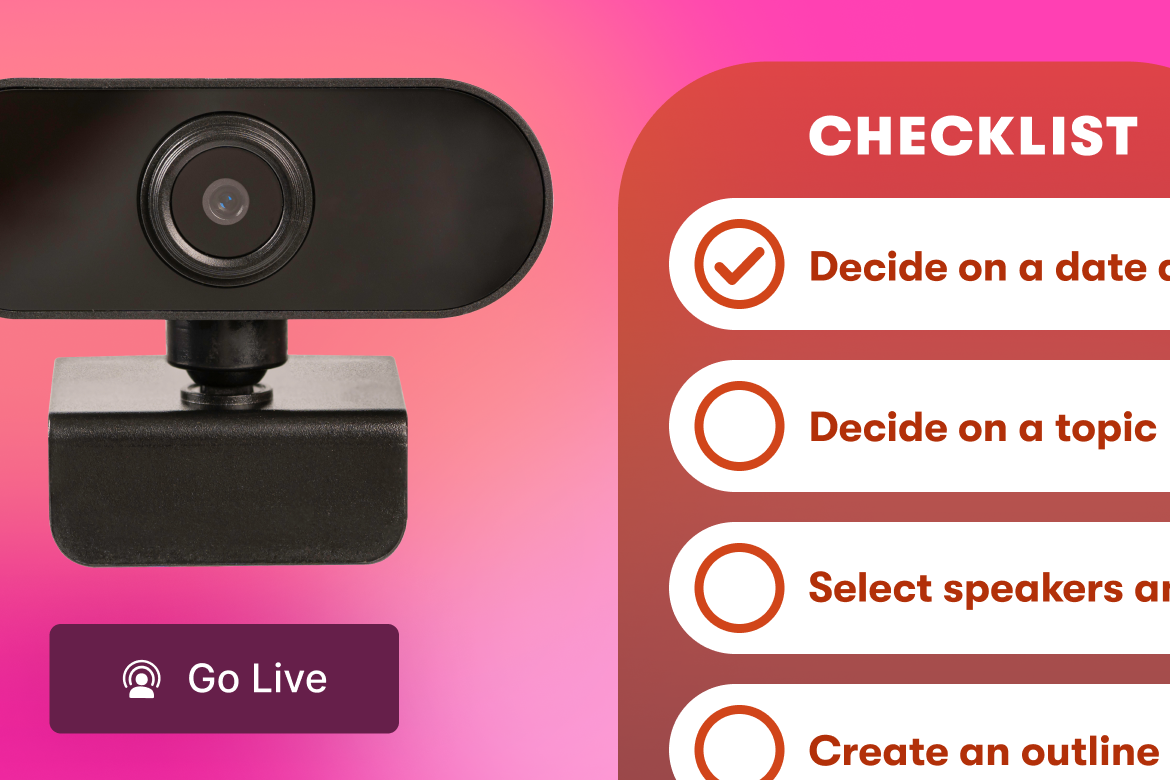Fine-Tuning Your Look: Getting Started with Color Grading
September 17, 2012
Topic tags
I’m not about to give you a film school lesson about the theory and importance of color correction. Why not? Because I don’t know the material. But color correction can be a great way to make video shot on “lesser” devices look more professional, artistic, or whatever look you may be aiming for.
While we’re at it, let’s use the term “color grading” instead of “color correction.” "Correction” assumes that there is a wrong way to do it. And there was and still is a “wrong way” thanks to broadcast television industry regulations — productions headed to broadcast need to adhere to strict color level regulations before ever hitting the air. But no such regulations exist with web video: it’s all about personal preference! So let’s call it “color grading,” because in my opinion it’s all just a matter of taste.
Here’s the extent of my knowledge on color correction theory: Does the color in this shot look good? No? Time to mess around with some of the color correction dials. For me, color grading theory isn’t even a thought until I am 100% happy with the edit. From there, I’ll start to comb through the piece shot-by-shot looking for things that could be improved by jostling the color around.
So what’s the best practice with color grading? Make the footage and the people in the footage look good. That’s my rule of thumb.
A couple of tips that I’ve found useful:
- If you’re going for a specific artistic look, don’t go overboard! It’s easy to go over the top with color grading, so get your effect to where you think it should be, step away from the project for about 30 minutes, then come back to verify that the effect isn’t too much.
- Grade one shot and then apply the same filter across any other shots that have the same lighting and similar camera placement. For example, get the color perfect on one of your interview shots and then copy the same effect to all other subsequent interview shots.
- This may seem obvious, but keep the people on camera looking like humans. Try to make sure their skin tones mimic their actual skin tones. Don’t try to make someone look like they just got off the beach if they’ve been inside for the entire winter!
In our most recent video, “Sent from my iPhone,” where we shot the entire video on an iPhone 4S, the original footage straight off the phone looked decent, but it didn’t have the same look and feel as a typical Wistia video would have. So I used the Final Cut 3-way Color Corrector to add some Cyan to the dark shades of the footage and applied a vignette to help keep the focus on the person on screen.
Check out the difference before and after color grading in this side-by-side comparison:
I’m in no way trying to downplay the importance of color correction and color grading, but for my style (and skill level) I try to stick to the basics and concentrate on keeping the footage looking great and flattering to everyone on screen. It’s a bit outside our scope to cover the theory of this extensively — there are entire books about it! — but for a beginner, the most important thing is to be aware of color correction as yet another tool you can add to your video toolbox.






